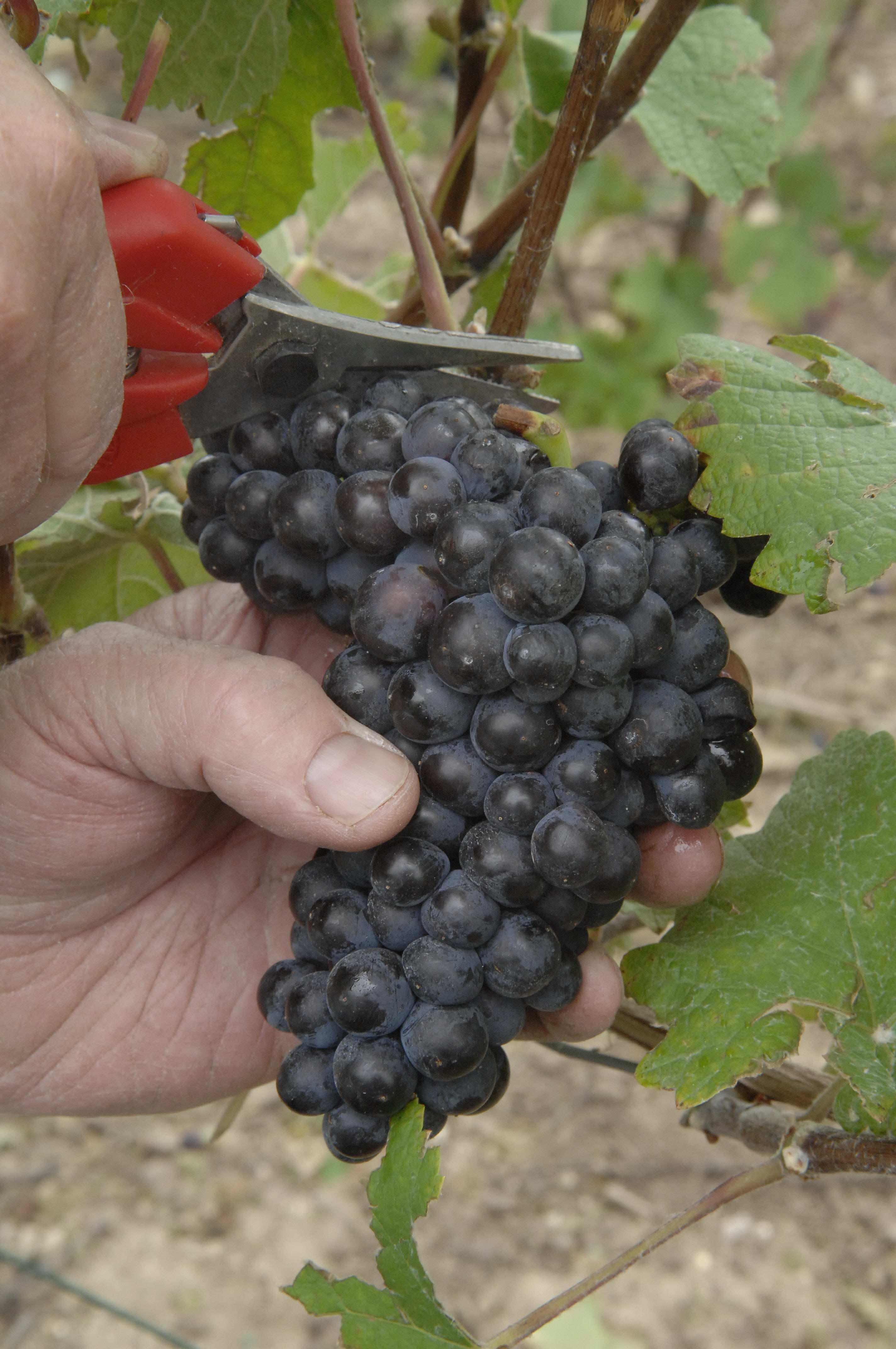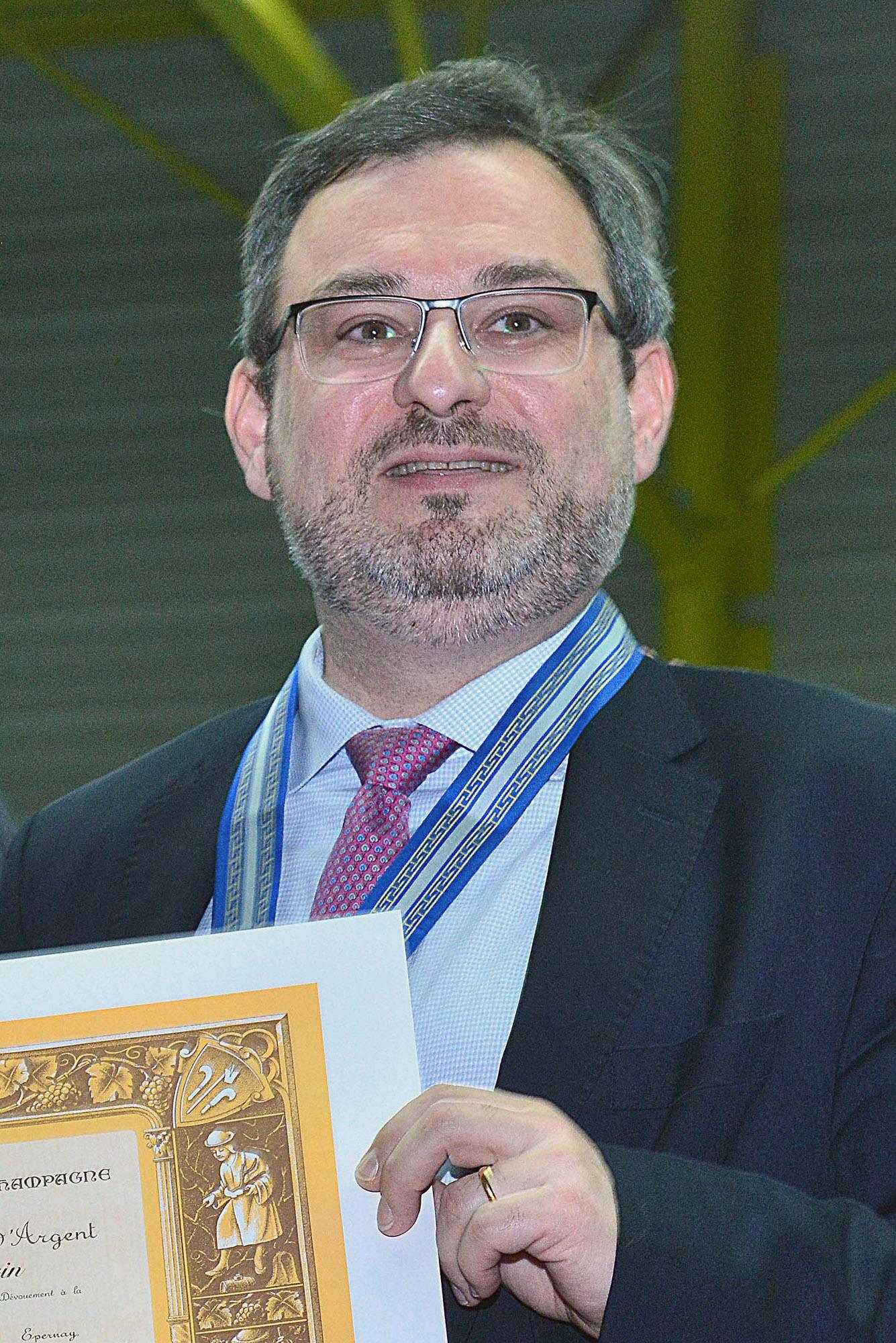Champagne: tradition, innovation and excellence
Why are the vineyards of the Champagne region among the few in the world still harvesting entirely by hand?
V.P. Harvesting by hand is necessary to obtain a white juice while three-quarters of the grapes in Champagne are black. They must be very carefully picked in whole bunches so that the grapes remain intact and the skin does not taint the juice. This is also why the people of the Champagne region invented a specific pressing technique more than three centuries ago. This precision work requires the use of nearly 100,000 seasonal workers each year. During the harvest period the vineyards are a hive of activity for three weeks.

Champagne is a wine steeped in tradition. Is there still room for innovation?
V.P. The Champagne method is indeed based on traditional know-how that has been passed down through the generations since the eighteenth century. If champagne has proved successful over time and acquired such international notoriety, however, it is because the people of Champagne have continually developed and innovated, and continue to do so, both technically and commercially. Examples of this include the particular shape and weight of champagne bottles, and the works of art commissioned from artists to promote champagne houses or special vintages. It is not by chance that the champagne houses have always been well-represented at World Expositions. For the Exposition Universelle of 1900, a champagne palace was built over a surface area of 400 square metres to exhibit the professions involved in the production of champagne. The exhibition attracted more than three million visitors.

How has the Champagne Committee embraced innovation over the years?
V.P. The battle against nature’s elements has led the people of Champagne to develop resilience to adversity and exemplary solidarity. The strength of collective association became an imperative very early on, serving the general interests of the Champagne region. Thus, in 1941, a pioneering interprofessional organisation was established by winemakers and traders. Today the Champagne Committee brings together some 15,000 winemakers, 300 champagne houses and 140 cooperatives. Firmly rooted in the twenty-first century, all the members of the Committee have taken the path of sustainable viticulture together, considering that producing in a way that respects the environment is a duty for a product with a registered designation of origin (Appellation d'Origine Contrôlée – AOC) with such an outstanding reputation as champagne.
